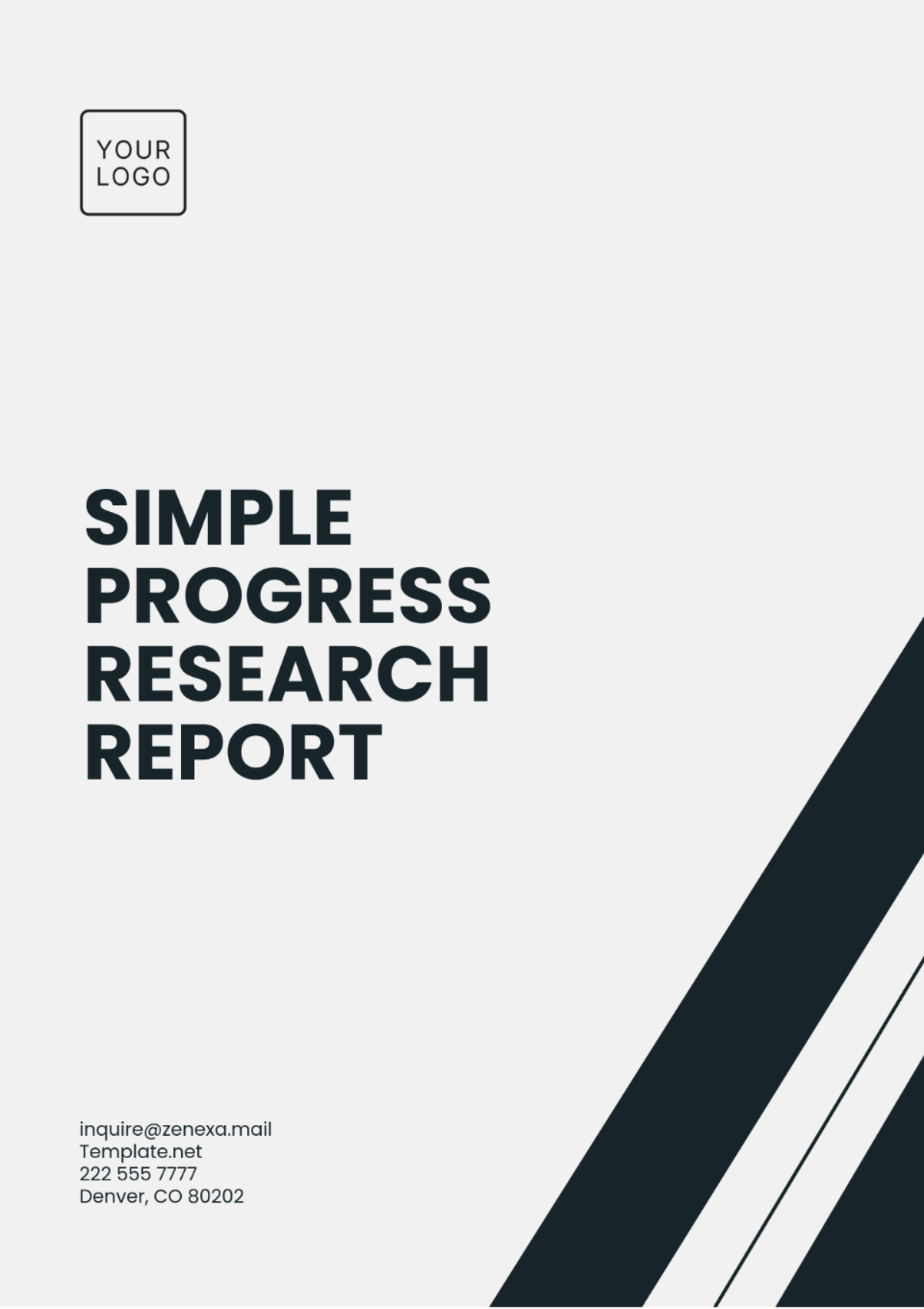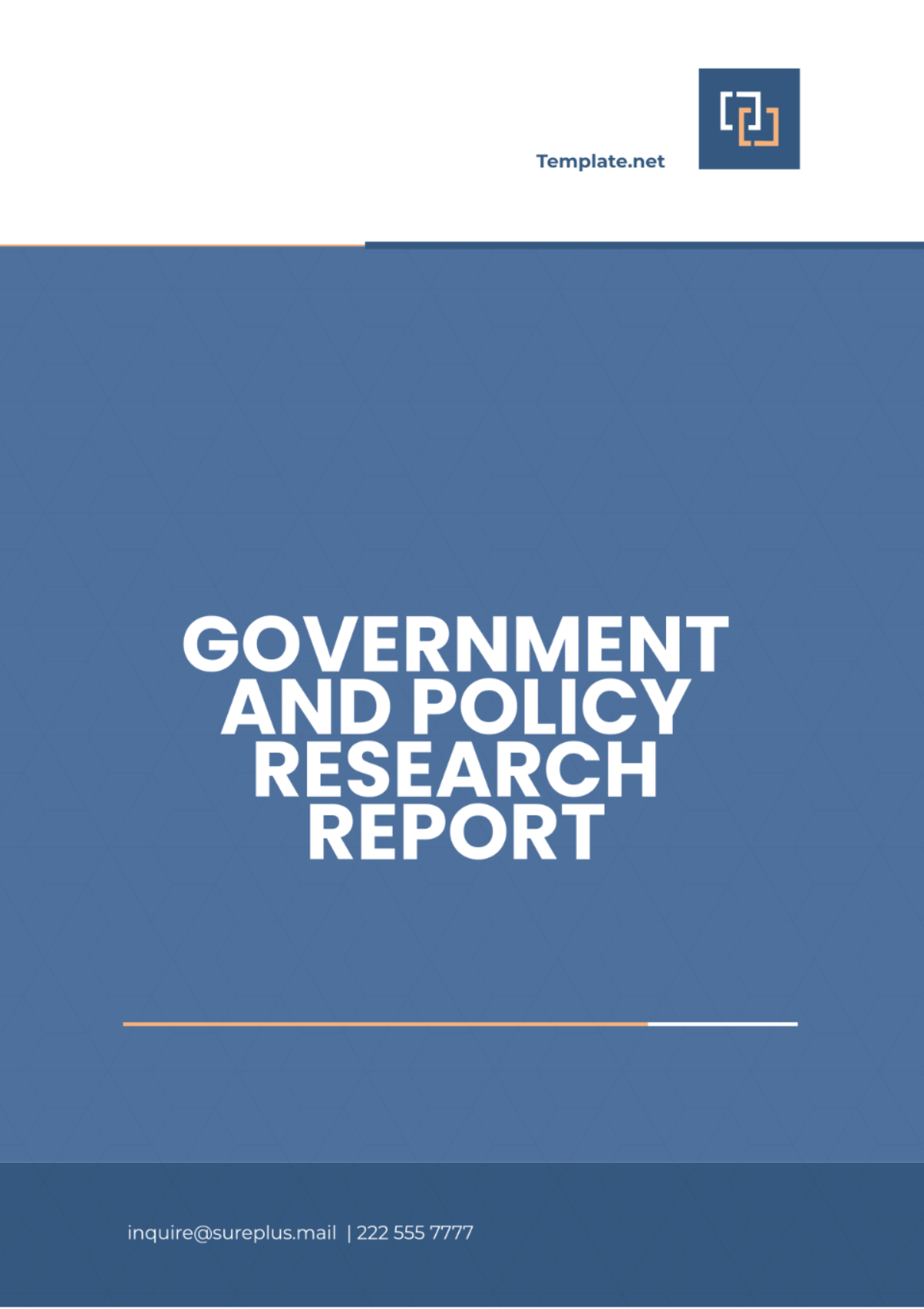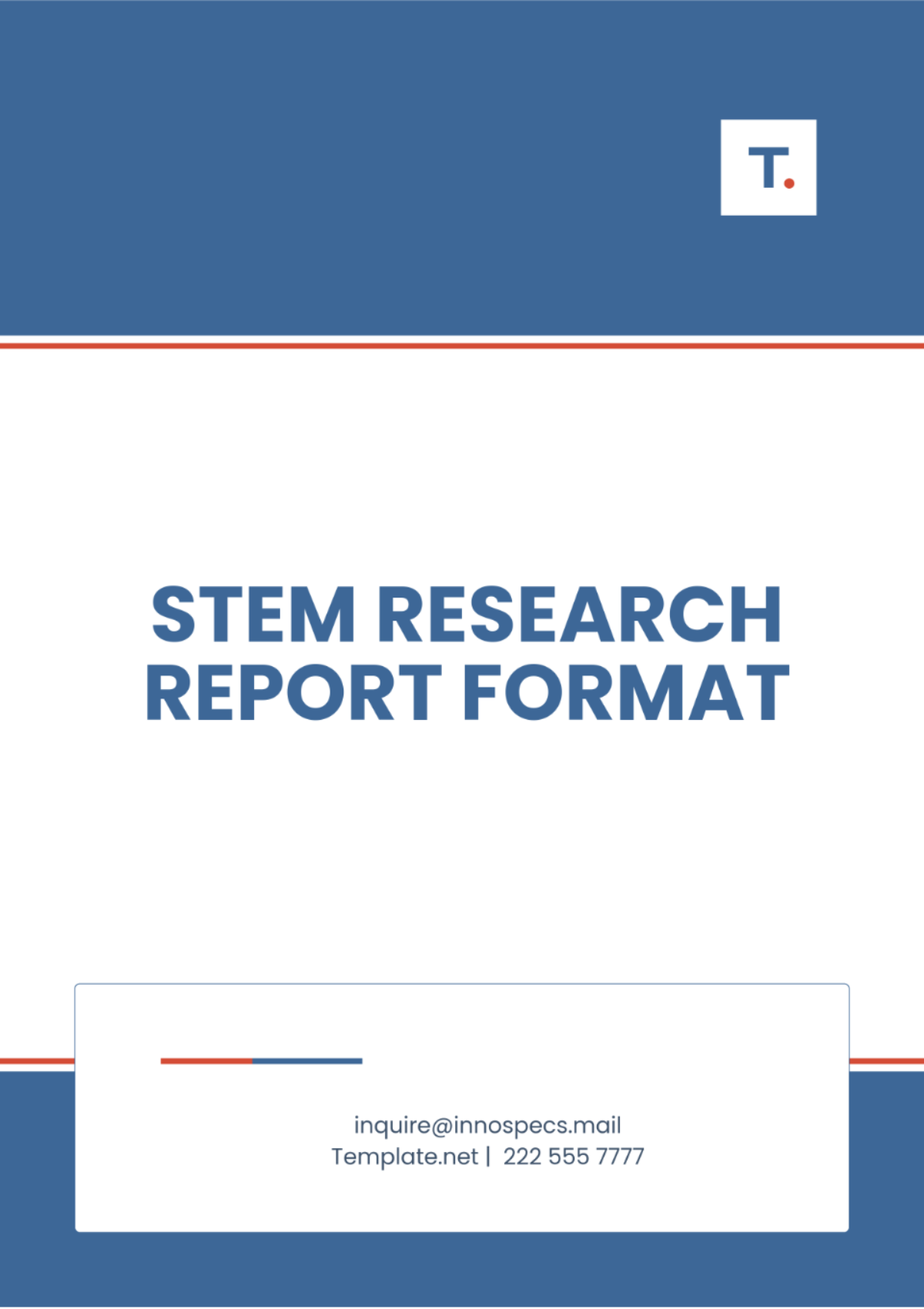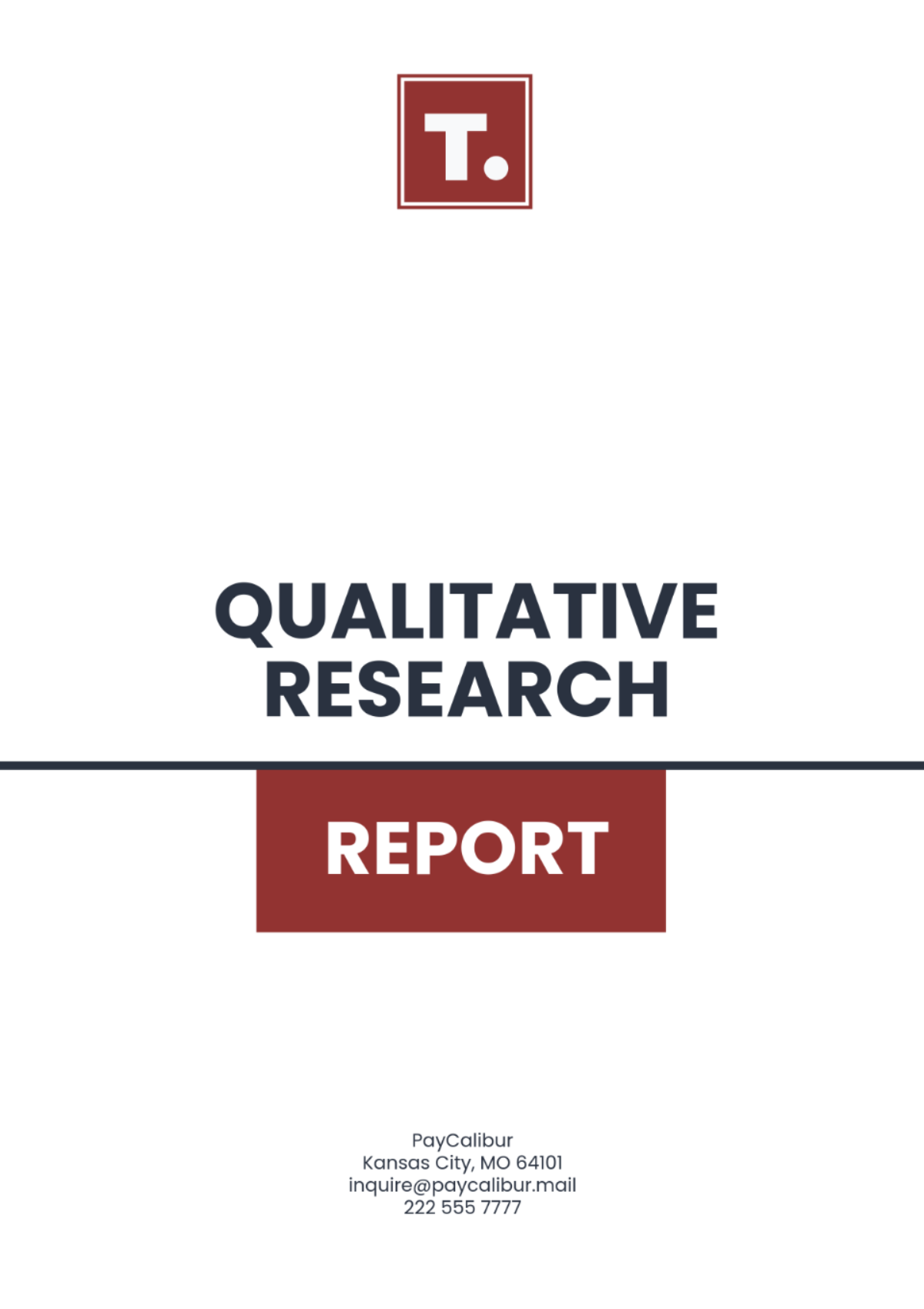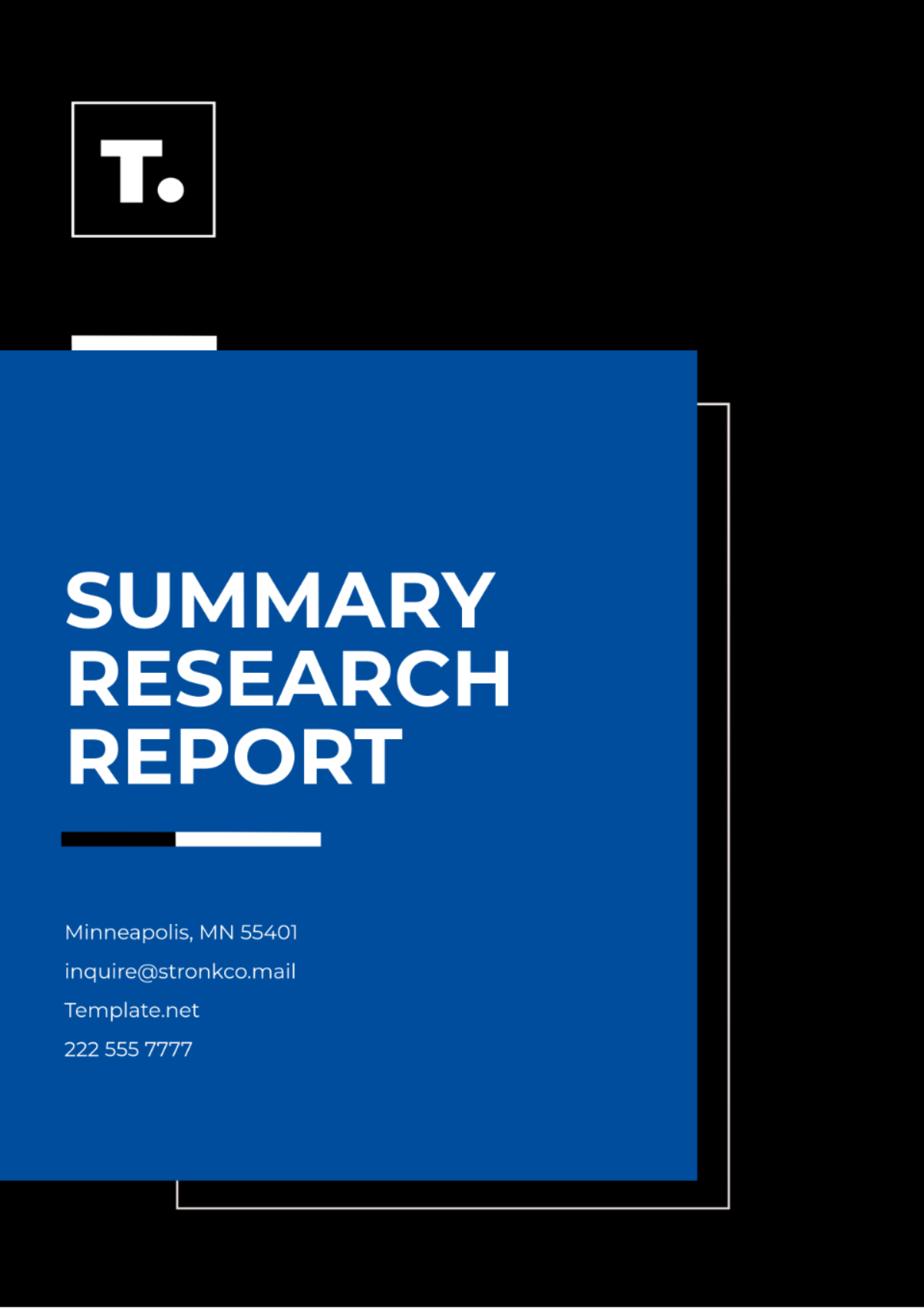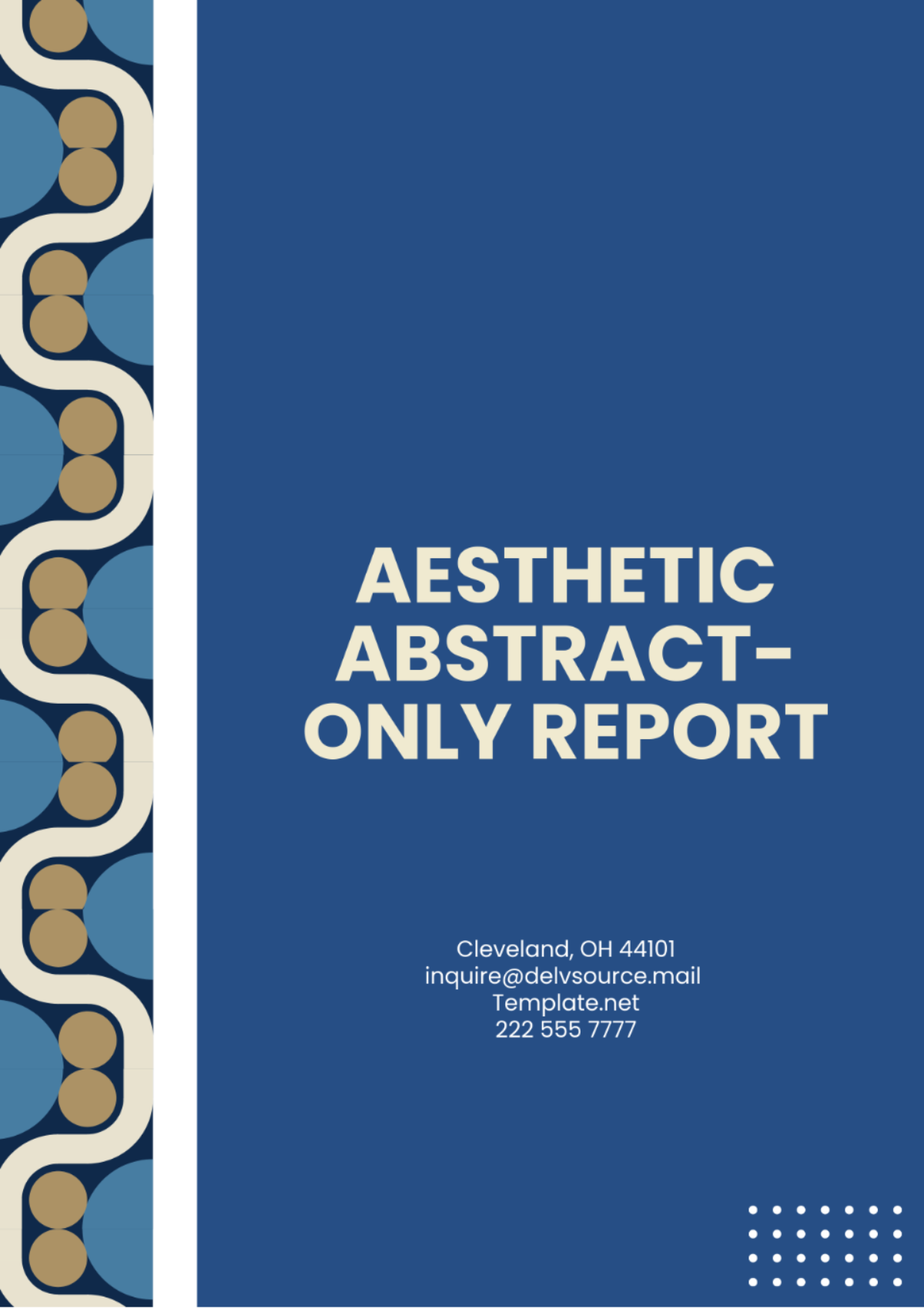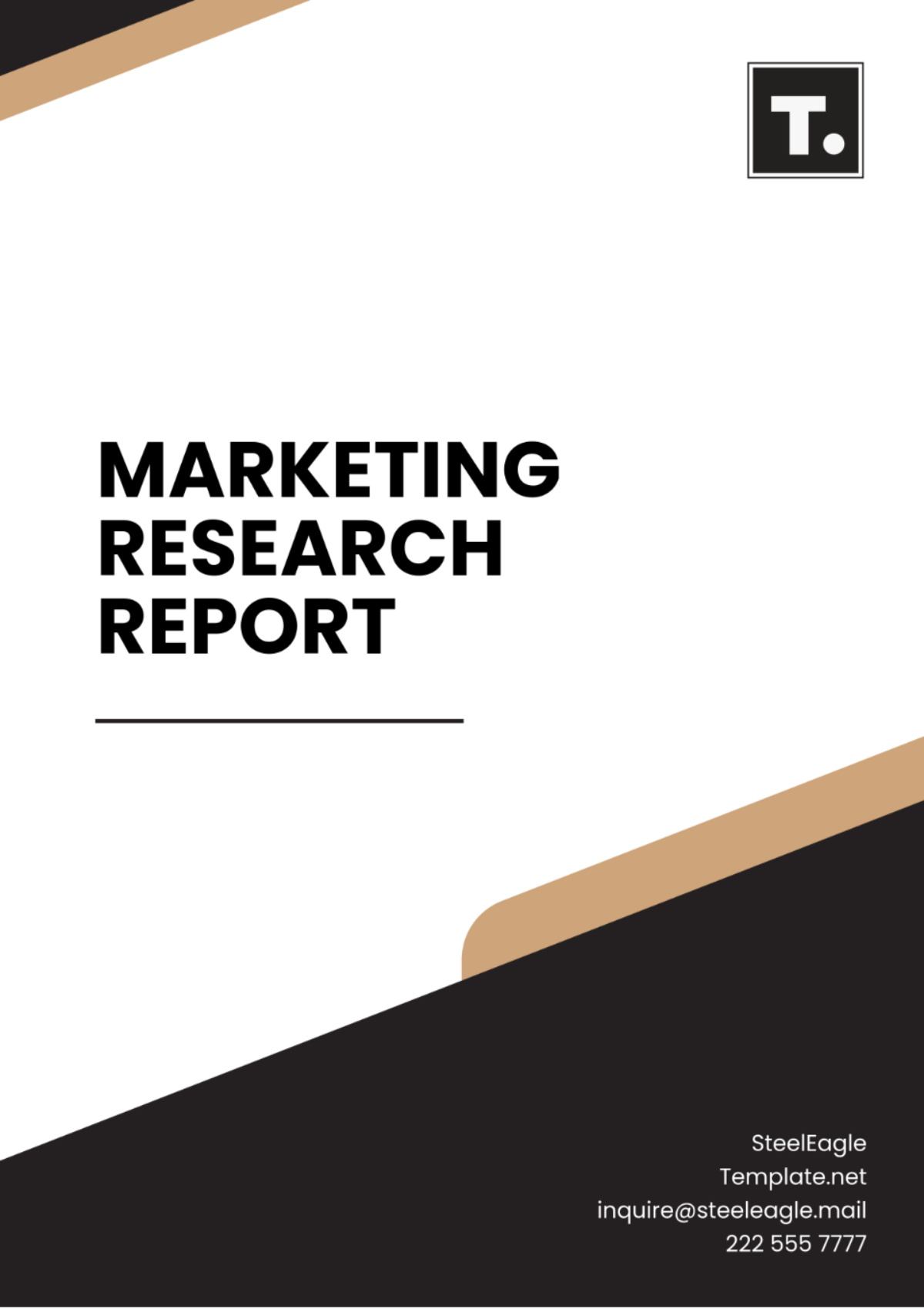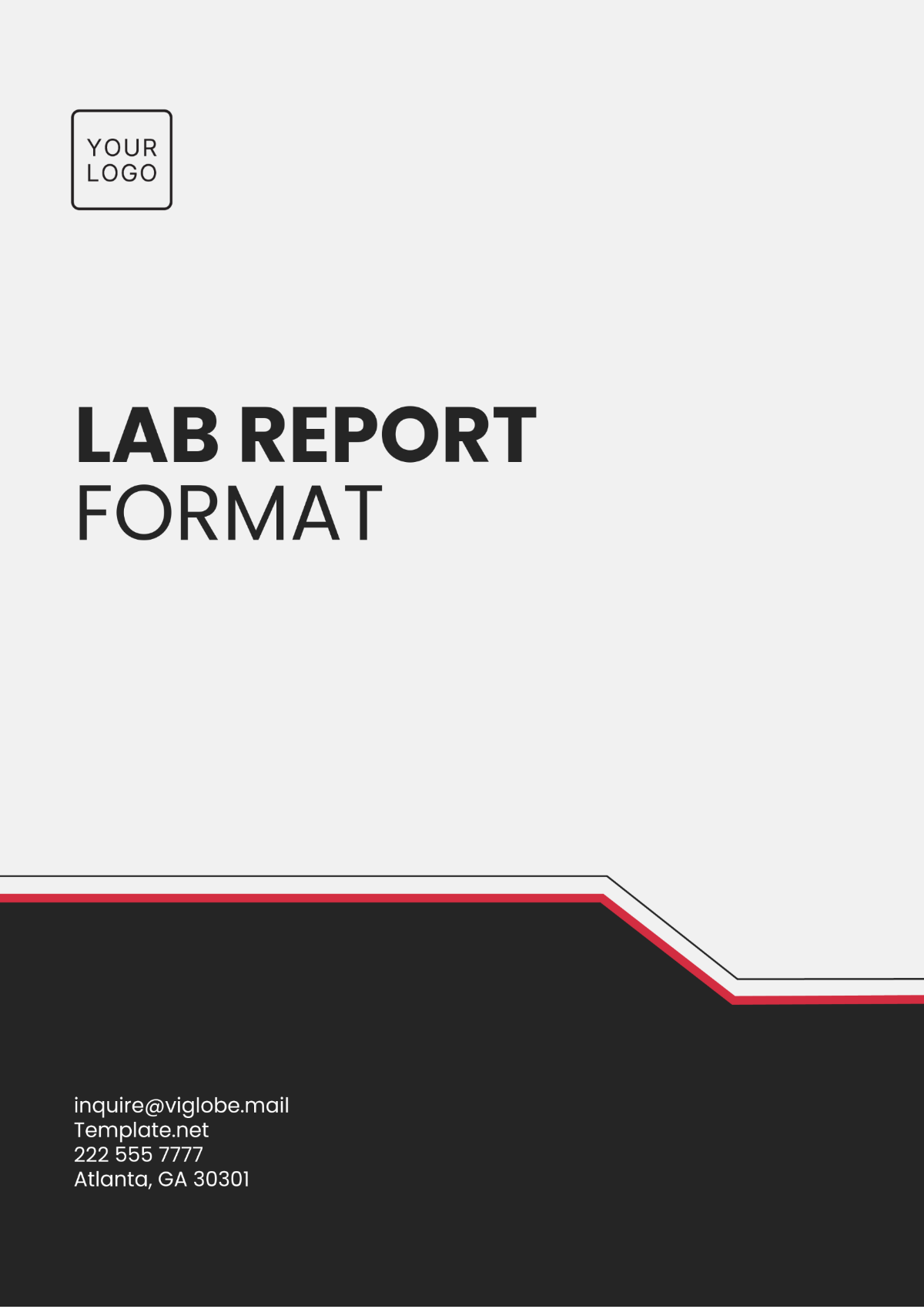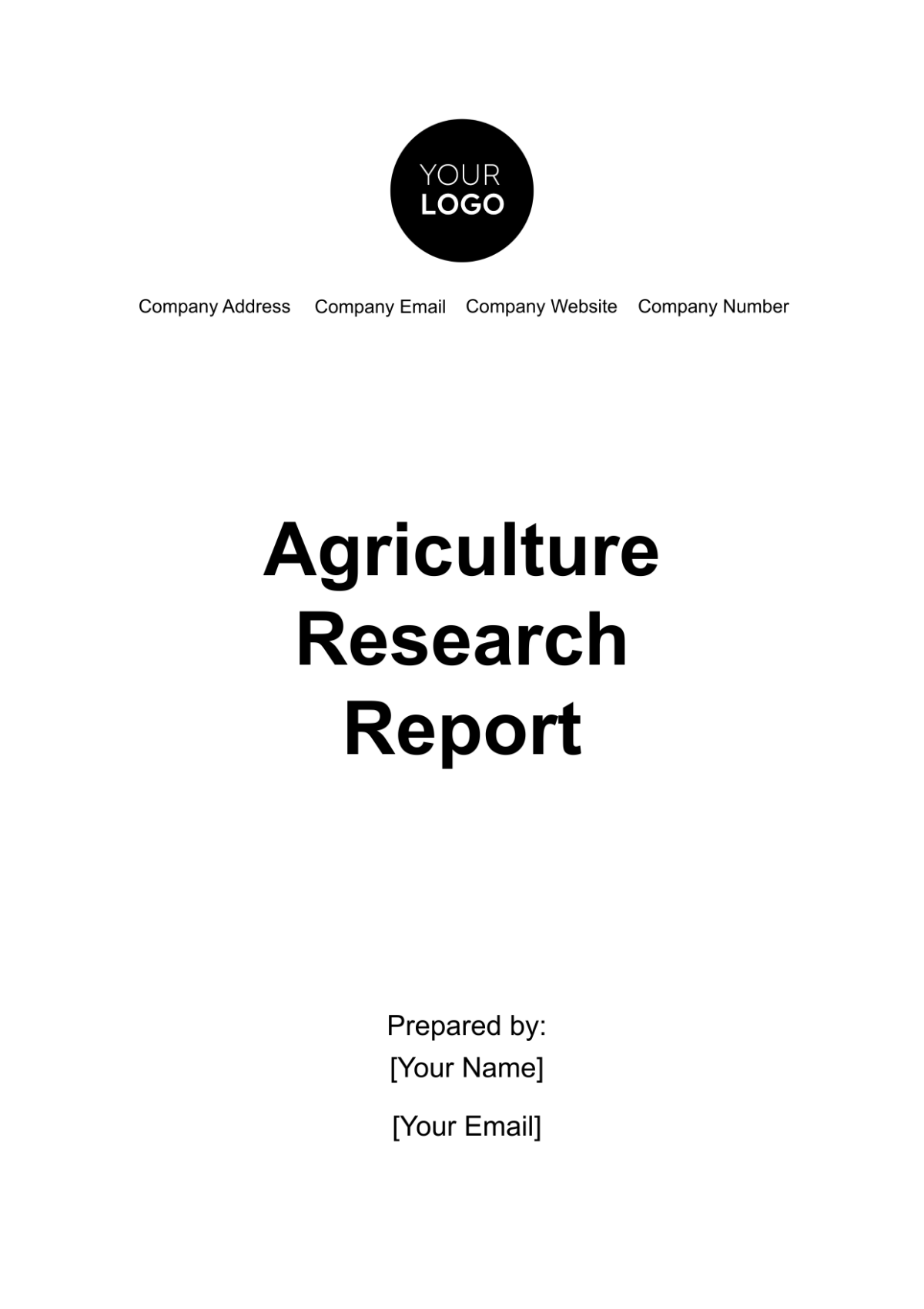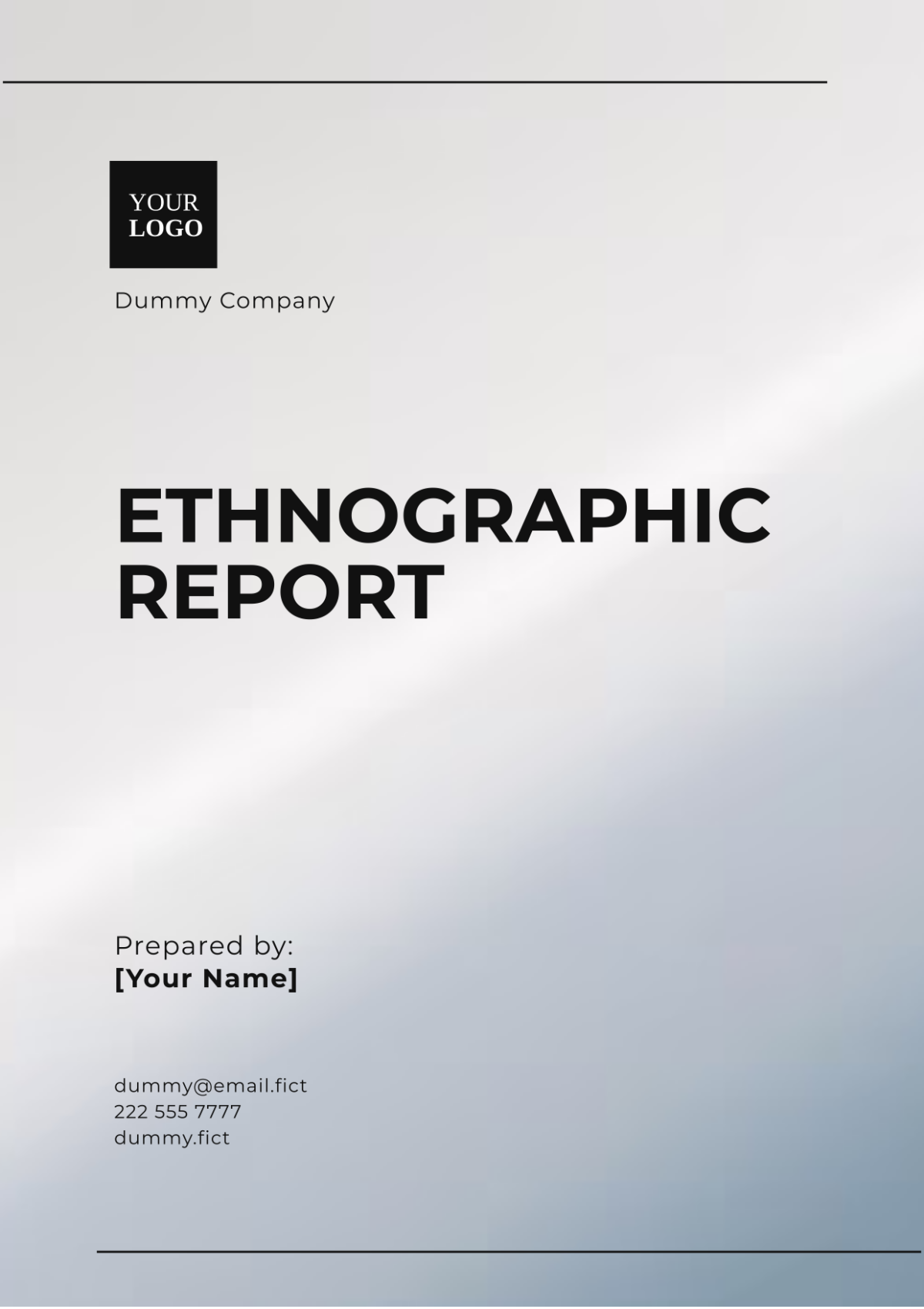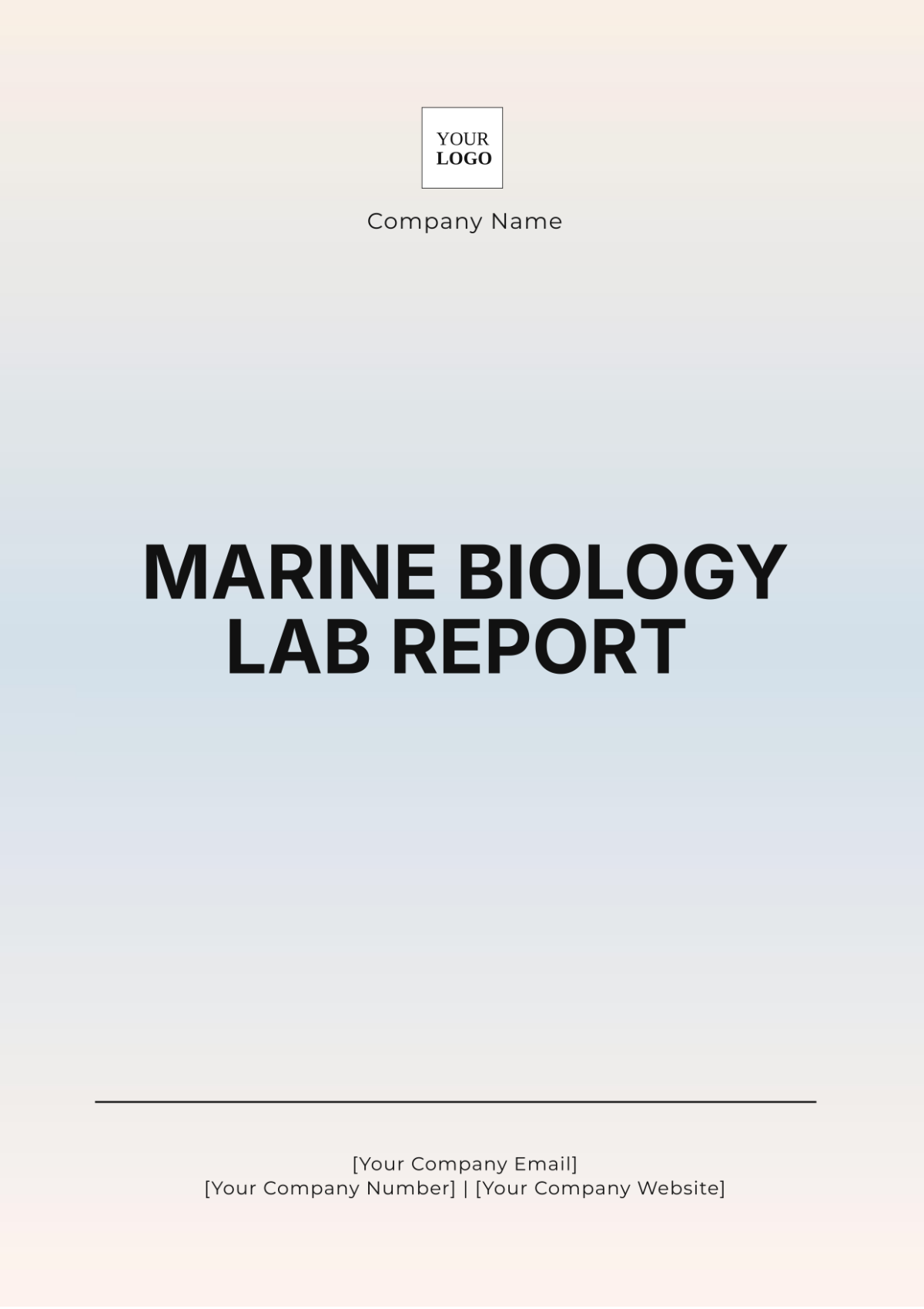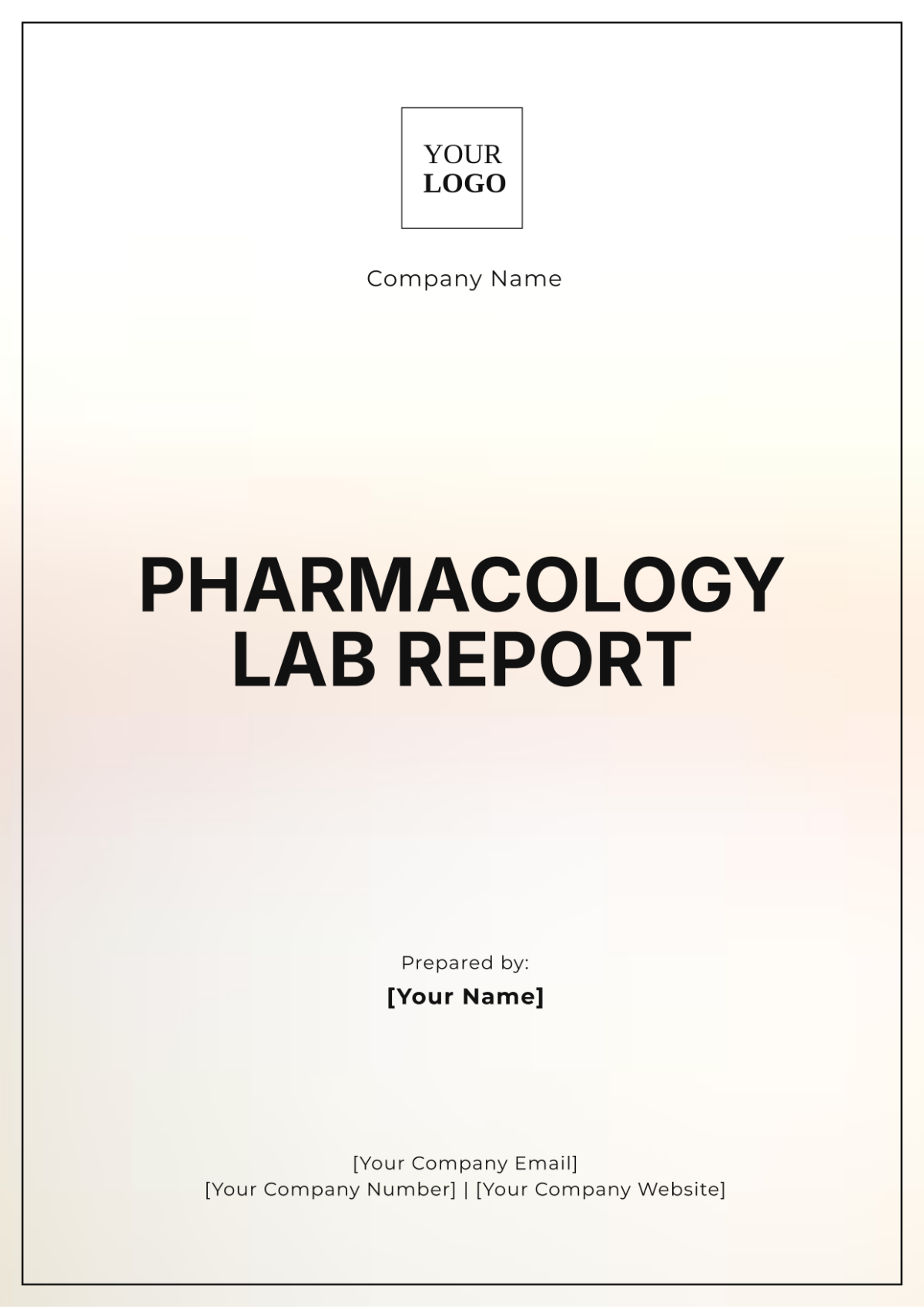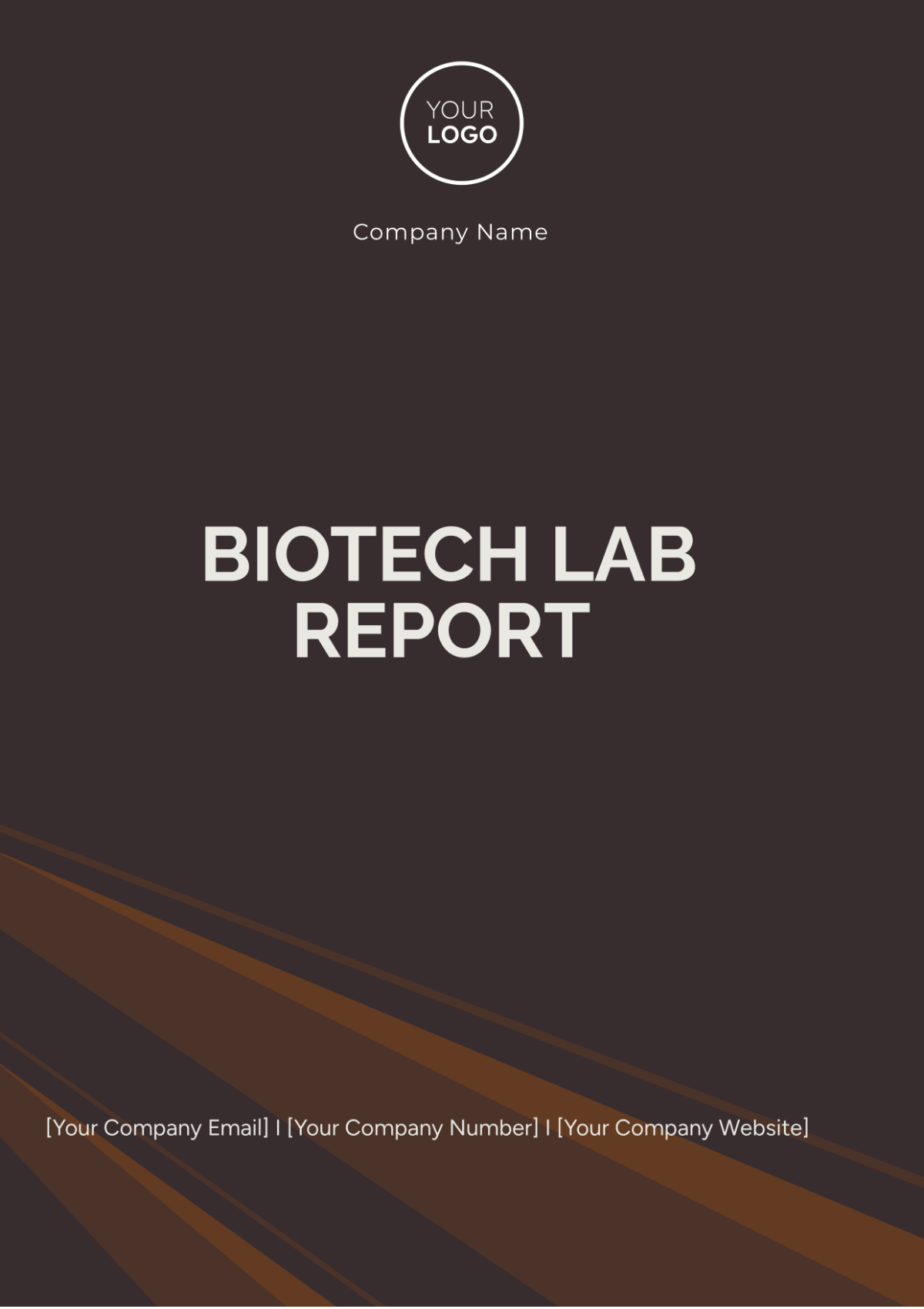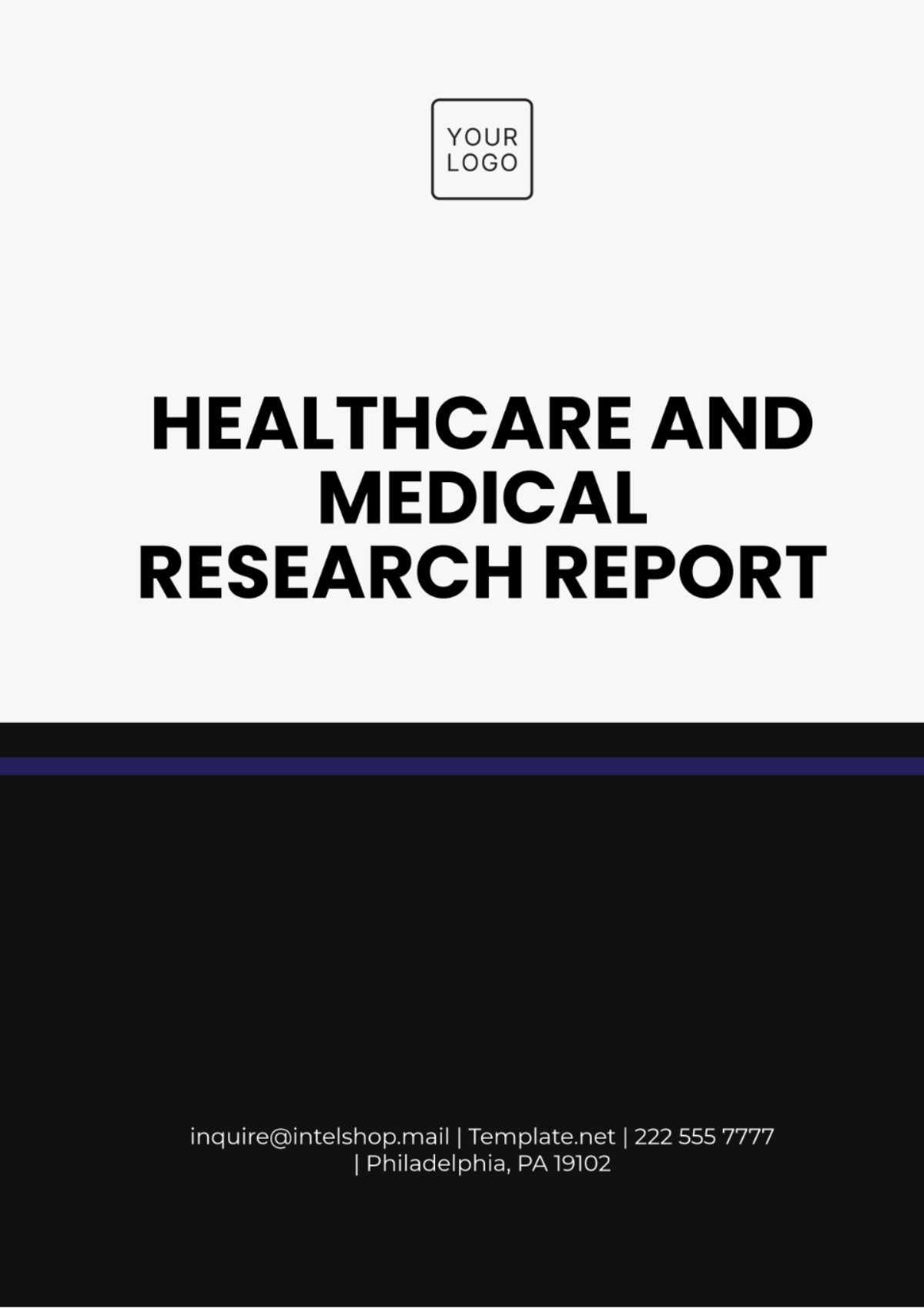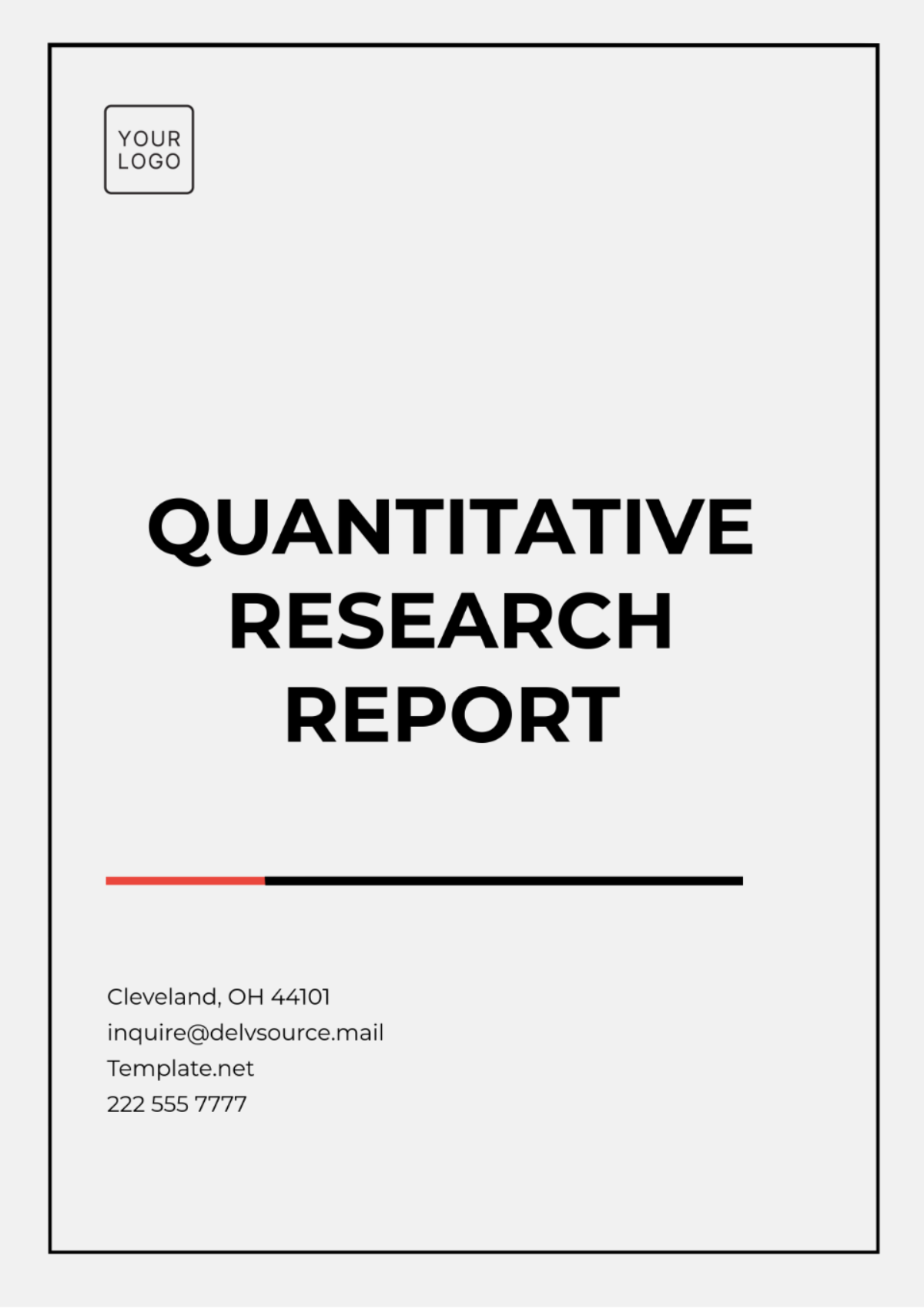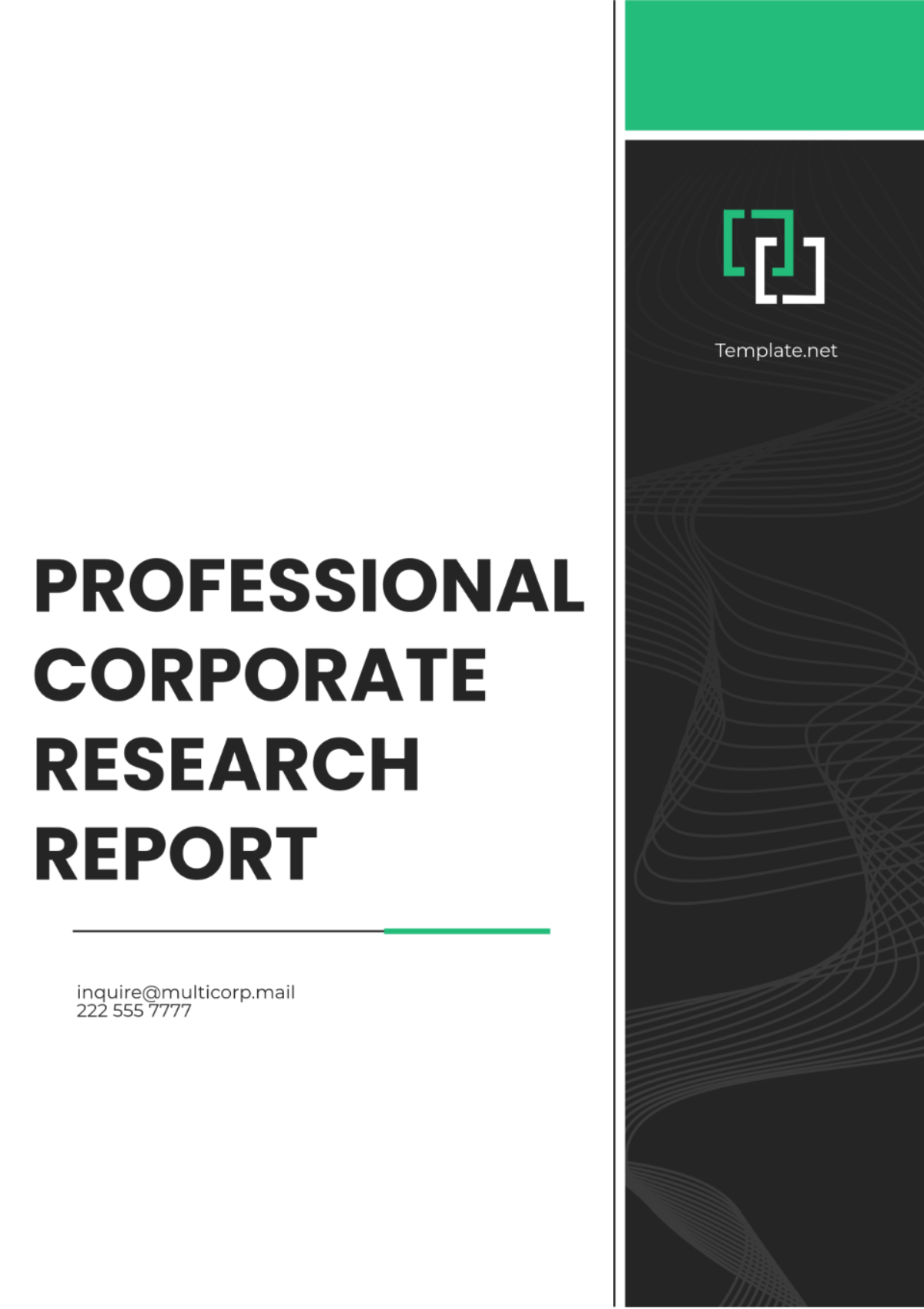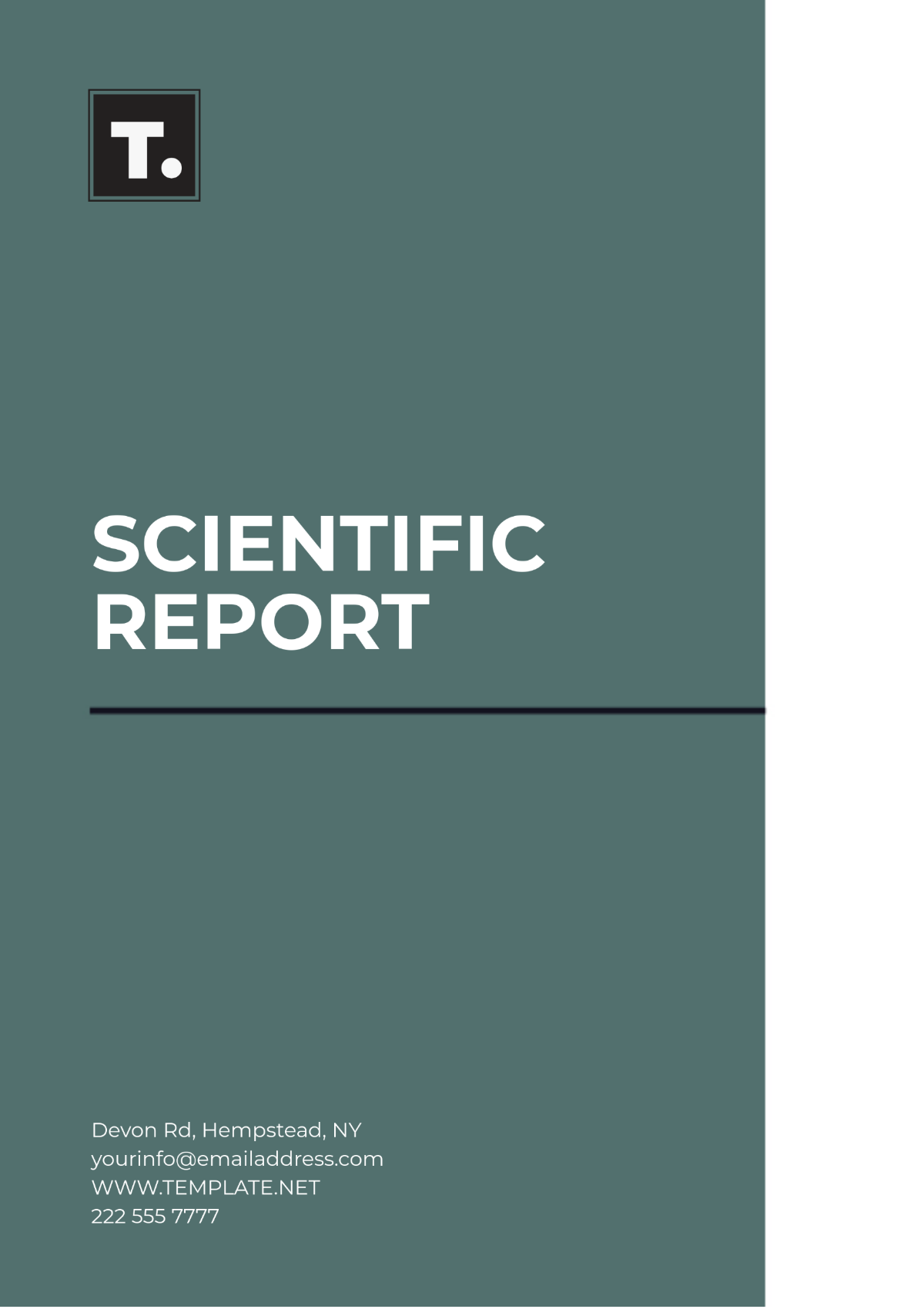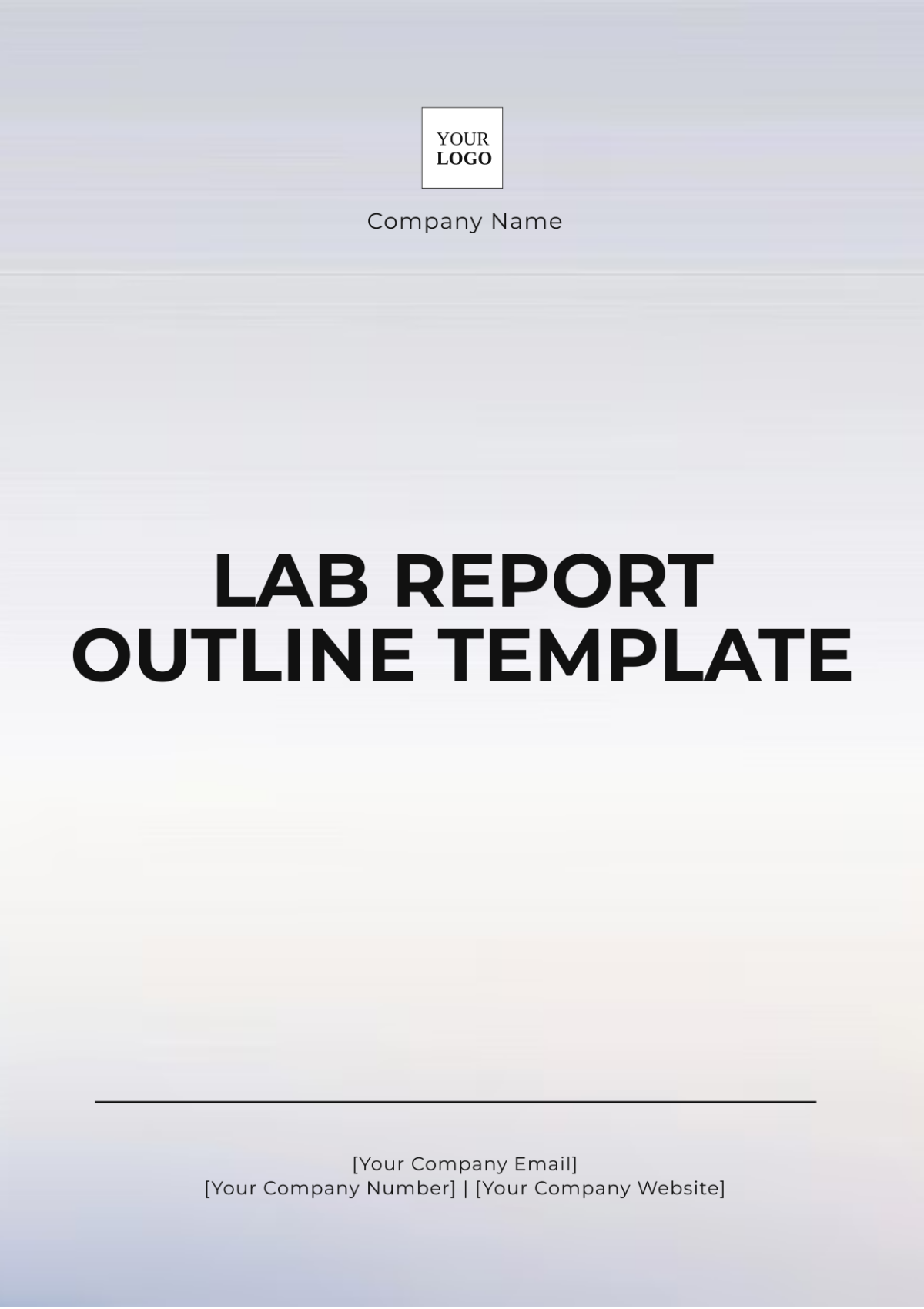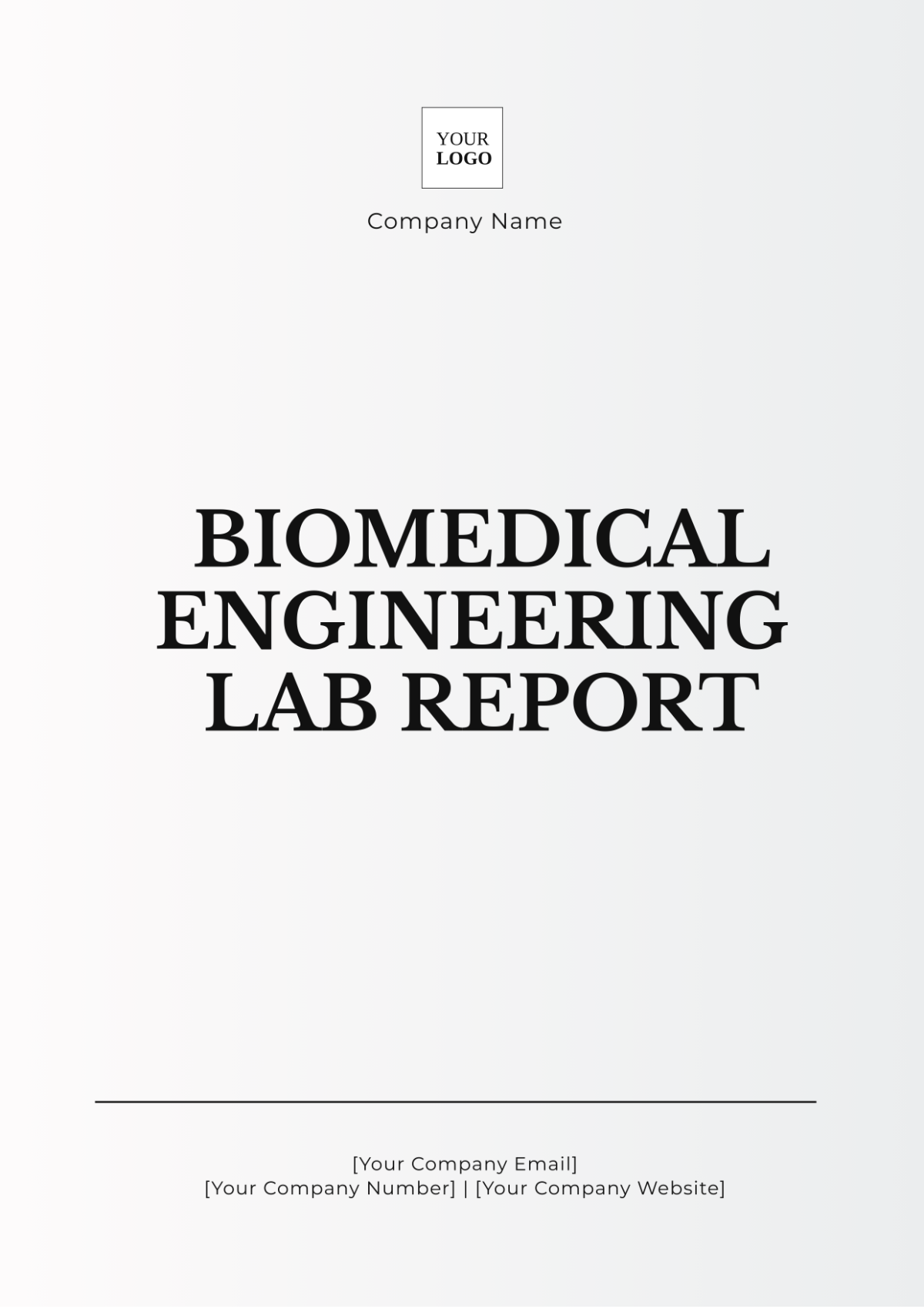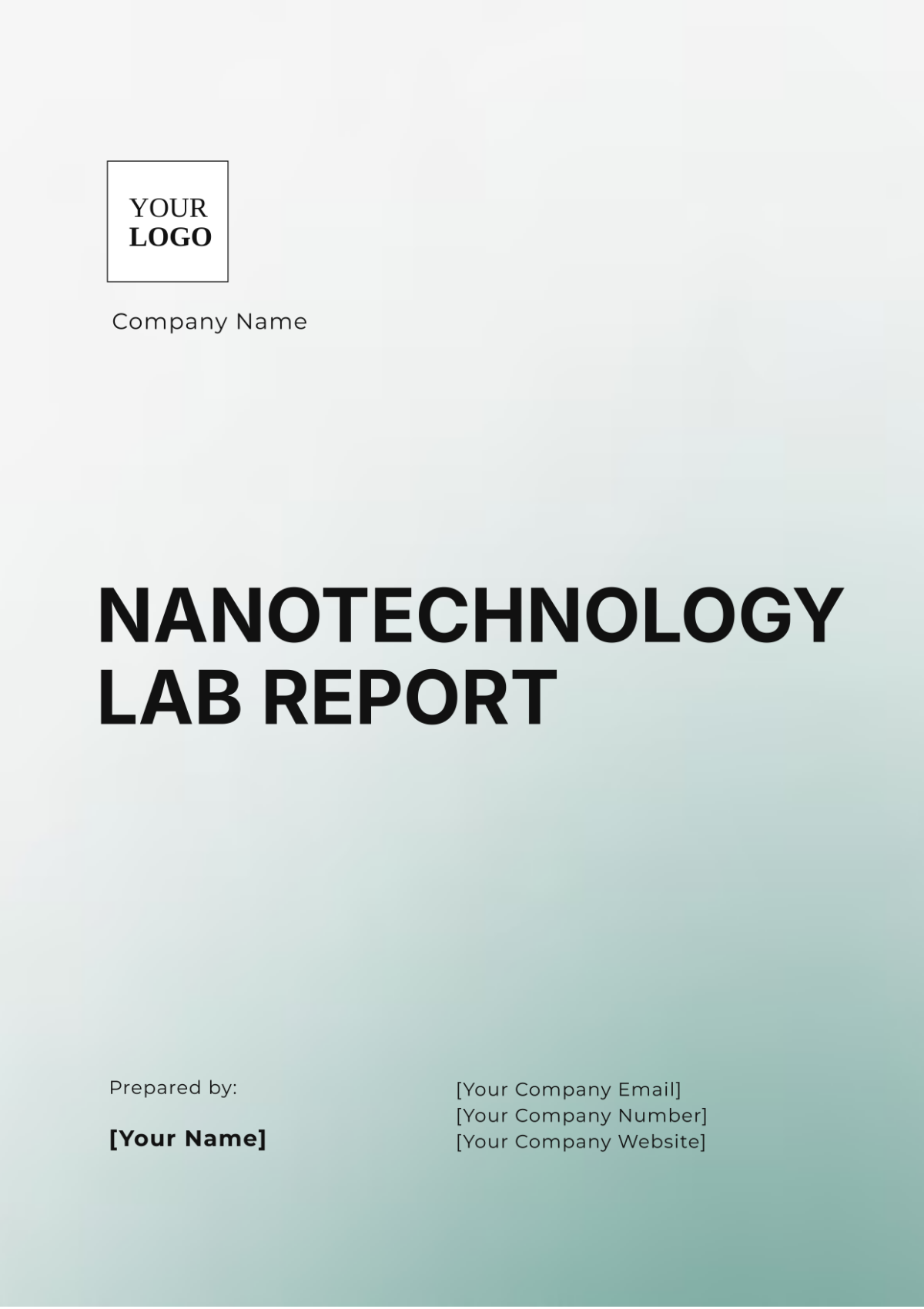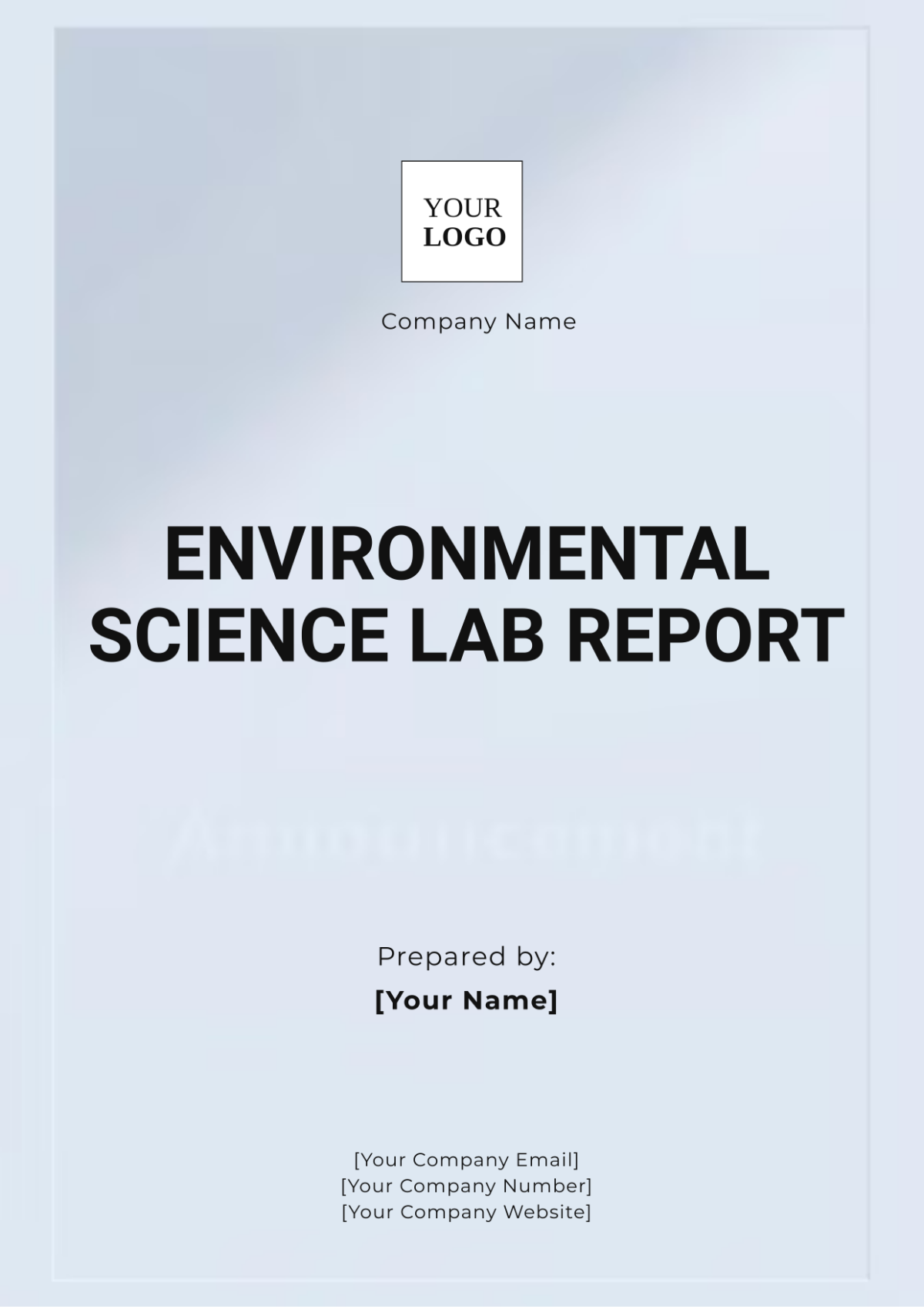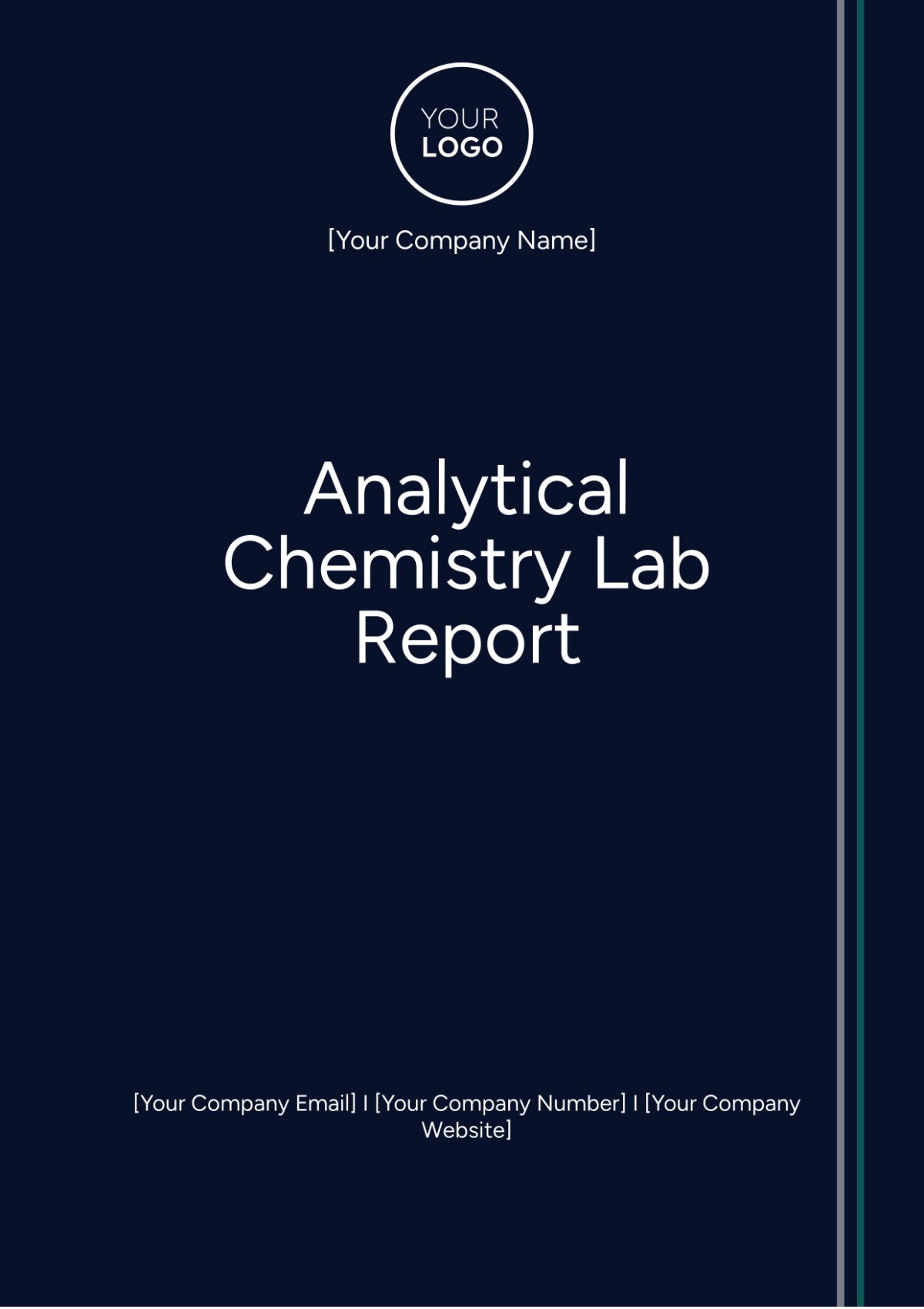Environmental Impact Lab Report
Prepared By | Under the Supervision of: |
|---|---|
[Your Name] | [Your Company Name] |
I. Introduction
The purpose of this lab report is to examine and assess the environmental impact of various human activities. This report details the procedures, observations, data, and conclusions derived from the experiments conducted. Our goal is to understand how different activities contribute to environmental degradation and to recommend strategies for mitigating these impacts.
II. Materials and Methods
A. Materials
Environmental sampling kits (for water, soil, and air)
Data logging equipment
Laboratory analysis tools (spectrometers, microscopes)
Protective gear (gloves, masks, goggles)
Documentation supplies (notebooks, pens, cameras)
B. Methods
The study was conducted across three distinct environments: urban, industrial, and rural areas. Sampling procedures and analysis methods were standardized to ensure accuracy and consistency.
1. Sampling Procedures
Water Samples: Collected from rivers, lakes, and industrial discharge points using sterilized containers to prevent contamination.
Soil Samples: Obtained by digging to a depth of 10 cm at various locations, ensuring a representative sample.
Air Samples: Collected using portable air quality monitors at different times of day to account for temporal variations.
2. Analysis Methods
Chemical Tests: Carried out to identify contaminants such as heavy metals, nitrates, and sulfates.
Biological Assessments: Involved in evaluating the biodiversity at the studied locations.
Physical Parameters: Recorded temperature, pH, and turbidity to assess environmental conditions.
III. Results
The data collected from the sample sites were analyzed and presented below:
A. Water Quality
Location | pH | Heavy Metals (ppm) | Nitrates (ppm) |
|---|---|---|---|
Urban River | 7.2 | 0.05 | 3.5 |
Industrial Lake | 6.5 | 0.15 | 12.0 |
Rural Stream | 7.8 | 0.02 | 1.0 |
Water quality in urban and industrial areas shows notable contamination compared to rural areas. The industrial lake exhibited higher heavy metal concentrations, likely due to untreated industrial discharge.
B. Soil Quality
Location | pH | Organic Matter (%) | Heavy Metals (ppm) |
|---|---|---|---|
Urban Park | 7.0 | 4.5 | 0.03 |
Industrial Zone | 6.2 | 3.0 | 0.2 |
Rural Farmland | 7.5 | 6.0 | 0.01 |
Soil quality analysis reveals reduced organic matter and increased heavy metal levels in industrial zones, indicating soil degradation and contamination from industrial activities.
C. Air Quality
Location | Time | PM2.5 (µg/m³) | Ozone (ppb) |
|---|---|---|---|
Urban Center | Morning | 72 | 32 |
Urban Center | Evening | 88 | 39 |
Industrial Area | Morning | 95 | 40 |
Industrial Area | Evening | 110 | 45 |
Rural Area | Morning | 25 | 20 |
Rural Area | Evening | 30 | 22 |
Air quality data indicate higher levels of PM2.5 and ozone in urban and industrial areas, particularly in the evening. Rural areas exhibited better air quality throughout the day.
IV. Discussion
The study results highlight significant environmental degradation in urban and industrial areas compared to rural regions. Contributing factors include:
Increased population density and vehicular emissions in urban areas.
Unregulated industrial discharges into water bodies and air.
Limited green spaces in urban environments, can act as natural pollution filters.
These findings emphasize the need for stringent environmental regulations and the adoption of pollution control technologies in both urban and industrial settings.
V. Conclusion
The environmental impact assessment reveals considerable pollution levels in water, soil, and air within urban and industrial regions. Effective mitigation strategies are essential to address these issues, including improved waste management, stricter emission controls, and increased public awareness.
VI. Recommendations
Regulate Industrial Emissions: Enforce stricter regulations on industrial emissions and discharges to reduce pollution.
Increase Urban Green Spaces: Expand green areas in urban settings to enhance natural filtration and improve air quality.
Promote Sustainable Agriculture: Encourage practices that maintain soil health and reduce contamination in rural areas.
Advocate for Clean Transportation: Support public transportation and the adoption of electric vehicles to decrease air pollution.
Enhance Public Awareness: Implement education and community programs to raise awareness about environmental conservation and responsible practices.
VII. Future Directions
Ongoing monitoring and assessment of environmental impacts are crucial for evaluating the effectiveness of mitigation strategies. Future research should focus on long-term trends and the impact of implemented measures to ensure sustained environmental improvement.

